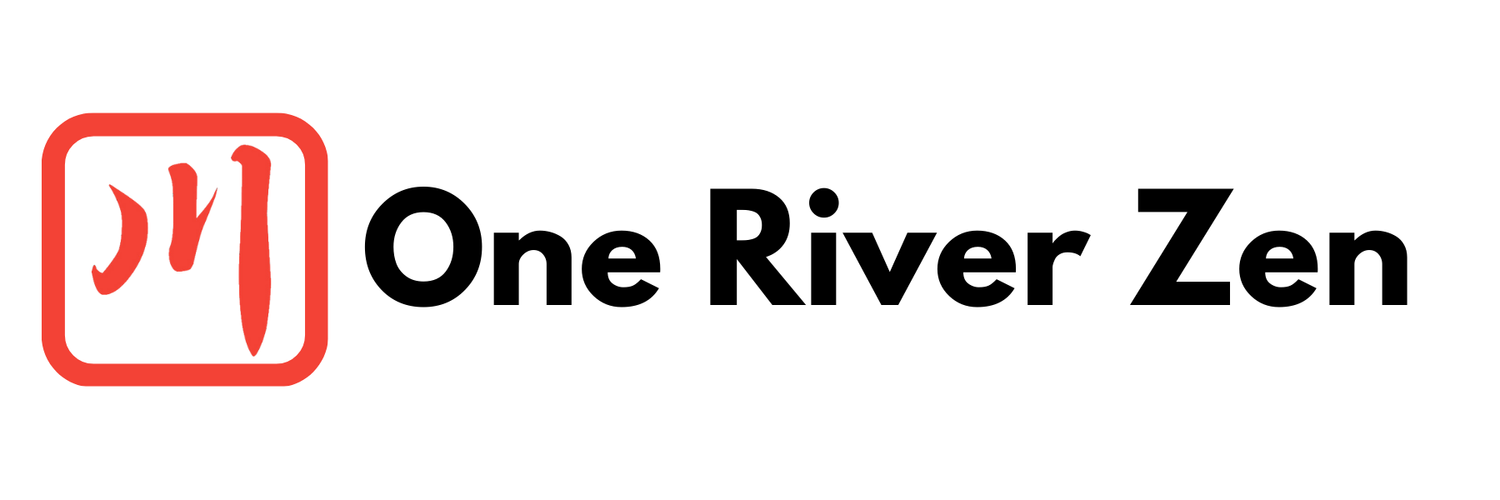Seeing Through the Dream: Nansen’s Peony and the Illusion of Division
It’s essential to pay close attention to how our minds work—how we tend to split things up, reduce them into small, digestible pieces that fit within our reason. This process is constantly at work, pushing certain aspects of our experience to the foreground, while everything else fades into the background. And when that happens, we’re not truly actualized by our lives as they are; we’re only actualized by what we want to see.
There’s a case in the Shōyōroku, Case 91, called “Nansen’s Peony.” It goes like this:
One day, a layperson named Taifu said to Master Nansen, “Dharma Master Jo is exceedingly wonderful. He says, ‘Heaven and earth are of the same root; the ten thousand things are one body.’”
Nansen pointed to a peony in the garden and replied, “People these days see this flower as if in a dream.”
It’s a subtle case, and our conceptual mind wants to jump in right away, to interpret and explain it. We ask ourselves, “What does he mean? What’s he pointing to here?” And that’s where we get caught—pushing things in and out of our awareness, trying to capture the essence through reason.
To grasp what Nansen is pointing to, you have to look deeper, to the root where joy and sorrow arise. Democrat and Republican, right and wrong, enlightenment and delusion—all of it arises and falls from the same place. But if we’re constantly chasing after “reality” and pushing away “delusion,” we’re reinforcing the very split that keeps us from seeing clearly. True seeing means recognizing the seamless unity of all things, and in that seeing, our Buddha nature is revealed.
This body appears and then vanishes. That’s simply the reality of our lives as they unfold. When we’re truly present, we recognize there’s nothing to cling to. The moment you hold onto something—thinking, “This is it”—you’ve already lost it. Even the idea of “awakening” slips away the instant we try to name it. Life always exists beyond our attempts to label and define.
Dividing things into “real” and “unreal” only strengthens our delusion. We’re so conditioned to judge and analyze, to measure our experience against some standard of “truth.” But sometimes we’re deeply lost in our thoughts, trapped in our labels. Other times, we drop all of that, and we’re just here, free in the field of life, able to give and take life without attachment.
Master Nansen is pointing us to this field—where people see flowers as if in a dream. And we might wonder, what makes a dream any less real? What makes our waking state any more substantial? Even in the world of reason, we know that’s not quite right. Still, we cling to the assumption that our waking life is “real” and our dreams are “just dreams.”
When Nansen says people see flowers as if in a dream, he’s showing us that our “real” and “unreal” states are two sides of the same coin. Take a flower in your hand, or even your own hand itself. Stop thinking about it, stop analyzing it, and just hold it. Is it real or unreal? Are you awake or dreaming?
Even in imagination or memory, the same wonder is present. When I say “flower,” it conjures an image—seeing a flower and thinking “flower” creates an echo, a reflection of the phenomenal world in our discursive mind. But is what you see really a flower? Trying to fixate on one side of that divide creates delusion, but more than that, it creates a fundamental split from our true nature.
Master Kyōsei once shared, “Sometimes mind transcends words; sometimes words transcend mind. Sometimes both mind and words transcend themselves; sometimes neither mind nor words fall short.” In our culture, we see everything as binary, right or wrong. But as we deepen our practice, we start to see all the subtle shades, all the gradations that make up our lives. We begin to realize that reality doesn’t operate in rigid categories.
The flower can be real and unreal, neither or both. If you think everything contains enlightenment, even that idea becomes a dream. All of it—the labels, the judgments, the insights and delusions—all of it arises from the same root. So, what is that root? And if you answer that, remember: both the answer and the one who answers arise from the same dream.
There are days when the sun shines, and days when clouds obscure it. The sun appears, then fades. Is it real or unreal? Just let that go. When we let go of grasping, even clarity or awakening rests in the natural, boundless essence of things.
For everything arises and falls without any need for us to define it. Even the definer, the mind that seeks to label and categorize, is part of this same seamless reality. It all has to be present—there’s no “better” or “worse” state to cling to.
When we break ourselves into these different selves—the “awakened one,” the “deluded one”—and focus on one while rejecting the other, we lose sight of the whole. We need to step back and see everything together, to appreciate our lives fully, to be truly actualized by the circumstances of our experience. That’s the only way to manifest true compassion, to move beyond distinctions and embrace the entirety of life.
Once we let go of these concepts, of clarity and awakening, we can finally see what’s right in front of us. Only then can we live as we are meant to live, meeting each moment with presence and compassion, without clinging to or rejecting anything.

